When I write a C program and compile it using a standalone compiler, such as MinGW, I can write "myprogram.exe < test.txt" and the standard input is test.txt.
How can I do that in Visual Studio 2010? I'm aware of "Command Arguments" in Project properties and then debugger, but I don't know what to type there. Is it just the path of the input file or something else?
